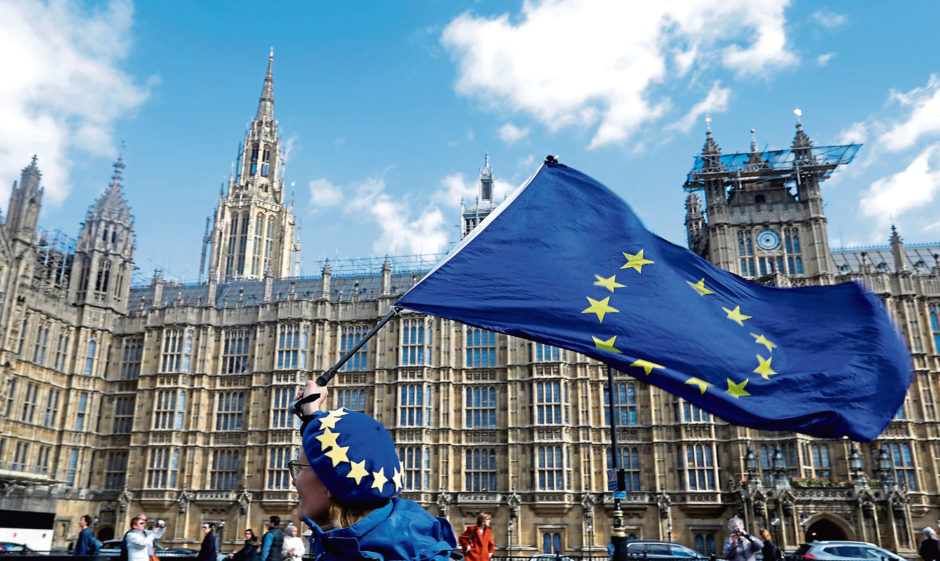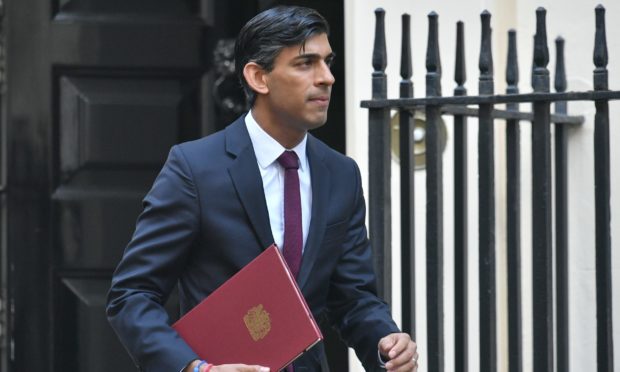Theresa May’s fabled magic money tree has once again blossomed in the Downing Street rose garden it would seem. Either that or Rishi Sunak has struck gold underneath the Treasury.
For, as has so often been the case this year, the Chancellor will today tap his red box and magic up billions of pounds to invest in projects and public services.
Schools, the police, prisons and the military are all set to benefit at Sunak’s spending review. The infrastructure budget will also get a boost and of course we can’t forget about the huge sums set aside to keep the furlough and self employment support schemes running until March.
But a central pillar of Sunak’s review, we’re told, will be his “levelling up” plan for the nations and regions of the UK. In plain English, this means cash for green energy projects, transport connections, freeports, broadband, city growth deals and more.
In the north-east we could see the St Fergus gas terminal, near Peterhead, benefit from a £1billion carbon capture fund, the £100million Moray growth deal could be fast tracked and a North Sea oil and gas transition deal delivered.
And, listening to Treasury briefings in the run up to today’s review, one policy which could finally see the light of day is the shared prosperity fund.
The fund was first touted in 2017 by the Tories as a means to “reduce inequality between communities across the four nations” and to deliver “sustainable, inclusive growth”.
Its real aim is to replace EU structural funds which will cease at the end of the Brexit transition period next month.

Scotland saw around £850million in EU cash between 2014 and 2020. That money went towards major infrastructure projects like the Kessock Bridge at Inverness and has helped make things such as the University of the Highlands and Islands a reality.
The Scottish Government has calculated that around £1.2billion would be needed over the next seven years to keep pace with what would have been offered inside the EU. Up to now the Treasury has only confirmed £220 million for next year and that is for the whole UK, not just Scotland.
There are also uncertainties over how the cash will be administered. It is not yet clear whether the UK Government is willing to adopt an equivalent to the EU’s “subsidiarity principle” which is intended to ensure that powers “are exercised as close to the citizen as possible”.
Bute House says it wants “full control over replacement funding”, but no such guarantee has been forthcoming from Westminster.
The National Audit Office has previously been very critical of the way that the UK government has gone about spending money intended to boost regional and local growth, because of inadequate planning and lack of focus on outcomes. And there has long been a rejection of the notion that “the man in Whitehall knows best” when it comes to regional and local decision making.
If done right, the shared prosperity fund could be used as a springboard to showcase the importance of the union. If done wrong, it could become a vehicle for Westminster vanity projects north of the border and come to represent pork barrel politics at its worst.
So, while Sunak may today be seeking to present himself as Santa delivering some good festive fiscal news, there are many, many details to be filled in.
Next year is a pivotal one for Scottish politics, the Chancellor cannot today get away with any more uncertainty. There have been several false dawns for carbon capture funding, broadband in large parts of the Highlands is still non-existent and plans to decommission North Sea oil rigs have been left adrift.

Boris Johnson, speaking at the Scottish Tory conference over the weekend, said his was a government “to show how devolution can work for Scotland”. Today’s mini-budget will set the mood music for next May’s Holyrood elections and a well crafted, sensitive shared prosperity fund, combined with a green energy strategy that protects jobs, could provide Douglas Ross with a boost.
If the Chancellor, with just weeks to go until the end of the Brexit transition, leaves us asking where support will come from once EU cash has stopped and questioning how committed the UK Treasury really is to “levelling up”, it could prove fatal to the pro-Union parties at the ballot box. All eyes on Number 11 Downing Street.
Dan O’Donoghue is the Press and Journal’s political correspondent at Westminster










